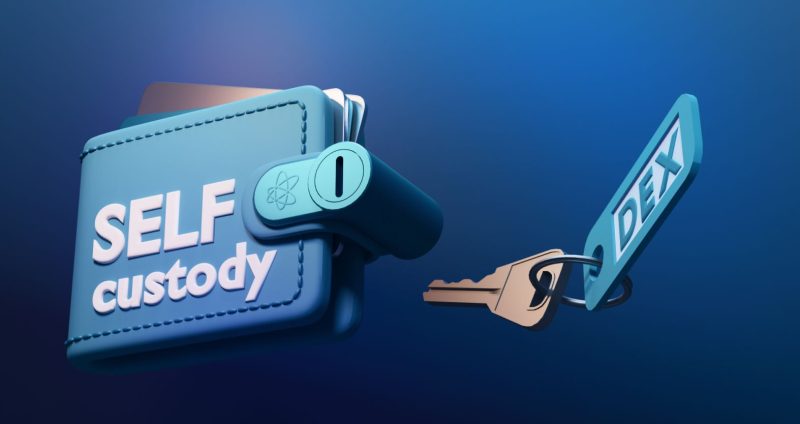Navigating the cryptocurrency ecosystem can be as exciting as it is complex, especially when it comes to safeguarding your digital assets. Amidst the myriad of tokens and trading platforms, the choice between using a centralized exchange (CEX) wallet or taking control with a self-custodial wallet is crucial. This article delves into the world of self-custodial wallets, offering insights on their operation, pros, cons, and a straightforward guide on setting up your own, focusing on the beginner-friendly Trust Wallet.
Centralized Exchange Wallets: A Double-Edged Sword
Pros:
- User-friendly for crypto newcomers.
- Simplified process for buying, selling, and trading cryptocurrencies.
Cons:
- Lack of control over your tokens; in case of hacks or platform bankruptcy, you might lose your assets.
- The adage “not your keys, not your coins” highlights the essential issue of ownership and control.
Centralized exchanges provide an accessible gateway for those new to the crypto world, but they come with inherent risks. It’s wise to activate additional security measures like two-factor authentication and consider using these platforms primarily for transactions rather than long-term storage.
The Power of Self-Custodial Wallets
Self-custodial wallets empower you with full control over your cryptocurrencies. By owning the private keys or seed phrases, you ensure that you alone have access to your assets. These wallets can be hot or cold, with hot wallets being more accessible but slightly riskier due to their internet connectivity, and cold wallets offering heightened security by remaining offline.
How to Set Up a Trust Wallet: A Step-by-Step Guide
- Download and Install: Begin by downloading Trust Wallet from the official website or your mobile device’s app store. Ensure the source is legitimate to avoid counterfeit applications.
- Create a New Wallet: Upon opening the app, opt to create a new wallet. Trust Wallet will then generate a seed phrase for you.
- Secure Your Seed Phrase: Write down the seed phrase and store it in a secure location. This set of words is your key to accessing your wallet, and losing it means losing access to your assets.
- Verify Seed Phrase: Follow the prompts to verify your seed phrase by selecting the words in the order given. This step confirms that you’ve correctly noted down the phrase.
- Access Your Wallet: Once verified, your wallet is set up and ready to use. You can now receive, send, and manage various cryptocurrencies.
- Safety First: Remember to keep your seed phrase secure and never share it with anyone. Consider using additional security features within the app for enhanced protection.
Beyond the Basics: The Evolution of Crypto Wallets
The crypto wallet landscape is continually evolving, with new features designed to enhance security and user experience. Innovations such as recovery through trusted contacts, biometric security, chip card-based hardware wallets, and multisignature wallets are making it easier and safer for individuals to manage their digital assets.
In conclusion, while self-custodial wallets require a bit more responsibility on the user’s part, they offer unparalleled security and control over your cryptocurrency assets. By understanding the workings and setting up your own self-custodial wallet, you can confidently navigate the crypto space with your assets securely in your hands.
